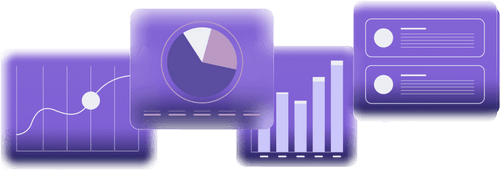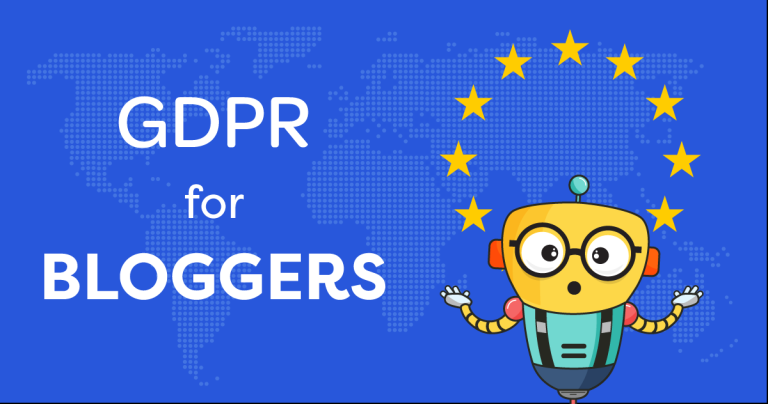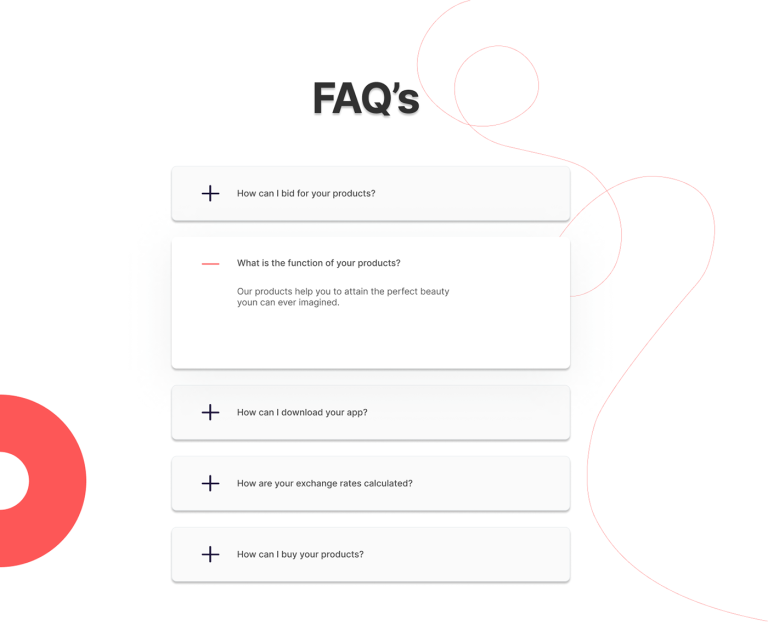
In an era where digital platforms serve as the primary medium for information exchange, the importance of clear and inclusive language cannot be overstated. As the world becomes more interconnected, the need to communicate in a way that resonates with diverse audiences has never been more critical. Whether you’re crafting content for a website, designing a user interface, or engaging in professional communication, the goal should always be to ensure that your message is accessible, understandable, and respectful to all.
This article explores why clear and inclusive language is essential in today’s communication landscape, how it impacts user experience, and what steps you can take to implement it effectively. By understanding and applying these principles, you can create content that not only reaches a broader audience but also fosters trust, engagement, and inclusivity.
What Is Clear and Inclusive Language and Why It Matters
Clear and inclusive language refers to the use of straightforward, jargon-free, and culturally sensitive communication that ensures all individuals—regardless of their background, abilities, or language proficiency—can understand and engage with the content. This approach goes beyond mere translation; it involves thoughtful consideration of how different groups interpret information and how best to present it in a way that is both respectful and effective.
In the context of web design and digital communication, clear and inclusive language plays a crucial role in breaking down barriers that might otherwise prevent users from accessing or benefiting from online content. It ensures that people with varying levels of literacy, non-native speakers, and individuals with disabilities can navigate and interact with digital platforms with ease.
Moreover, this kind of language aligns with broader accessibility standards such as the Web Content Accessibility Guidelines (WCAG), which emphasize the importance of making digital content usable by everyone. By prioritizing clarity and inclusivity, organizations not only enhance user experience but also demonstrate a commitment to diversity and equity.
How Clear and Inclusive Language Impacts SEO Performance
While the primary goal of clear and inclusive language is to improve user experience, its benefits extend far beyond that—especially when it comes to search engine optimization (SEO). Search engines like Google are increasingly focused on delivering high-quality, relevant, and accessible content to users. As a result, websites that prioritize clear and inclusive language often see improved visibility, engagement, and rankings.
Here’s how:
- Improved User Engagement: When content is easy to read and understand, users are more likely to stay on the page longer, reducing bounce rates and increasing dwell time—both of which are positive signals for search engines.
- Enhanced Accessibility: Search engines favor websites that are accessible to all users, including those with disabilities. By using clear language, avoiding complex structures, and ensuring readability, you make your content more discoverable.
- Better Search Intent Alignment: Clear language helps search engines better understand the intent behind your content. When users can easily grasp what your content offers, they’re more likely to find it useful and return to it in the future.
Additionally, clear and inclusive language supports the concept of “E-E-A-T” (Experience, Expertise, Authoritativeness, Trustworthiness)—a key factor in Google’s ranking algorithm. Content that is well-written, easy to understand, and free of bias or confusion is more likely to be seen as trustworthy and authoritative.
Step-by-Step Implementation Framework
Implementing clear and inclusive language requires a structured approach that considers both the content and the audience. Here’s a practical framework to guide you through the process:
-
Define or Audit the Current Situation
Begin by evaluating your existing content. Are there areas where language is overly complex or unclear? Do your translations accurately reflect the intended meaning? Conduct a content audit to identify gaps and opportunities for improvement. -
Apply Tools, Methods, or Tactics
Use tools like Grammarly, Hemingway Editor, or Readable to assess the readability of your content. Incorporate multilingual support options, such as language selectors or automated translation services. Consider using plain language guides and style manuals to maintain consistency across your content. -
Measure, Analyze, and Optimize
Track metrics such as bounce rate, time on page, and user feedback to gauge the effectiveness of your changes. A/B test different versions of your content to see which ones resonate most with your audience. Regularly update and refine your language strategies based on data and user insights.
By following this framework, you can ensure that your content remains accessible, engaging, and aligned with the needs of your audience.
Real or Hypothetical Case Study
Consider a global e-commerce platform that decided to implement clear and inclusive language across its website. Before the change, the site had high bounce rates, especially among users who were not fluent in English. After introducing multilingual support, simplified language, and culturally appropriate visuals, the platform saw a 40% increase in user engagement and a 25% rise in conversion rates.
The success was attributed to several factors: users could now navigate the site more easily, understand product descriptions without confusion, and feel more connected to the brand. This case study highlights the tangible benefits of investing in clear and inclusive language—not just for accessibility, but for business growth as well.
Tools and Techniques for Clear and Inclusive Language
Several modern tools can help you create and maintain clear and inclusive language:
- Grammarly: Offers real-time suggestions for improving clarity, tone, and grammar.
- Hemingway Editor: Highlights complex sentences and suggests simpler alternatives.
- Readable: Measures the readability of your content and provides actionable recommendations.
- Accessibly: Provides AI-powered translation solutions that combine machine learning with human oversight to ensure accuracy and cultural relevance.
- Google Translate: Useful for quick translations, though it should be supplemented with manual reviews for critical content.
- Lumen5: Helps convert written content into engaging video scripts, making it more accessible to visual learners.
These tools, when used strategically, can significantly enhance the quality and accessibility of your content.
Future Trends and AI Implications
As artificial intelligence continues to evolve, its role in language accessibility will become even more prominent. AI-driven tools are already capable of generating accurate translations, simplifying complex text, and even adapting content to suit different cultural contexts. In the future, we can expect even more advanced capabilities, such as real-time voice-to-text translation, personalized language preferences, and adaptive content that adjusts to the user’s reading level.
For businesses and content creators, staying ahead of these trends means embracing AI as a powerful ally in the pursuit of inclusivity. By integrating AI into your language strategy, you can not only improve accessibility but also enhance user engagement and satisfaction.
Key Takeaways
- Clear and inclusive language improves user experience and accessibility, making your content more engaging and effective.
- It enhances SEO performance by increasing engagement, reducing bounce rates, and aligning with search intent.
- A structured implementation framework ensures that your language strategy is consistent, measurable, and adaptable.
- Tools like Grammarly, Hemingway Editor, and Accessibly can help streamline the process of creating clear and inclusive content.
- Future advancements in AI will further enhance the ability to deliver personalized, culturally relevant, and accessible content.
By committing to clear and inclusive language, you not only meet the needs of your current audience but also position your content for long-term success in an increasingly diverse digital landscape.
Meta Title: Why Clear and Inclusive Language Matters for Effective Communication
Meta Description: Discover how clear and inclusive language enhances user experience, SEO performance, and accessibility in the digital age. Learn practical strategies to implement it effectively.
SEO Tags: #ClearLanguage, #InclusiveCommunication, #SEOStrategies, #DigitalAccessibility, #UserExperience
Internal Link Suggestions: [Parameter 1: Search Intent Alignment], [Parameter 2: Topical Depth & Relevance], [Parameter 3: Original Insights]
External Source Suggestions: Web Content Accessibility Guidelines (WCAG), Grammarly Blog, Hemingway Editor








